“The Fraud Complex”
Abdul Abdullah, Abdul-Rahman Abdullah, Hany Armanious, Tully Arnot, Bindi Cole, Megan Cope, Beth Dillon, Sara Morawetz, Techa Noble, Yoshua Okan and Tyza Stewart
6 May → 4 June 2016
Bourke Street Mall, Galley One and the Front Space

The Fraud Complex showcases the ways in which eleven artists approach the polar binary of authentic/fake, as it plays out in everyday life.
Incorporating performance, painting, photography, video, sculpture and installation, The Fraud Complex invites audiences into a system of suspended categories. Objects of uncertain provenance co-mingle with artworks, inciting suspicions of duplicity and feelings of doubt. While contemporary art has a complicated relationship with fakes, facsimiles and impersonations, the question of authenticity has relevance beyond the white cube, penetrating everyday debate around gender, ethnicity, morality and science. What constitutes a fraud? Is authenticity an achievable or relevant ideal? And are we all just ‘faking it’ in different ways?
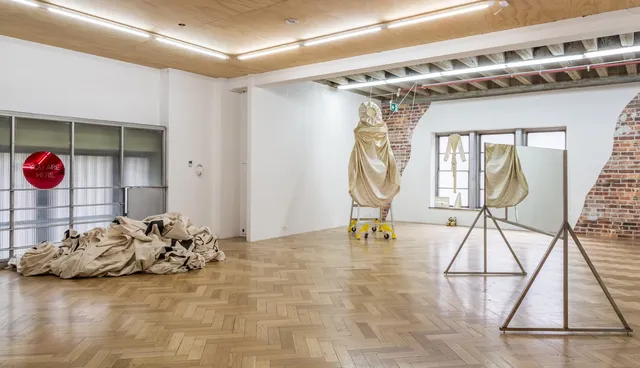

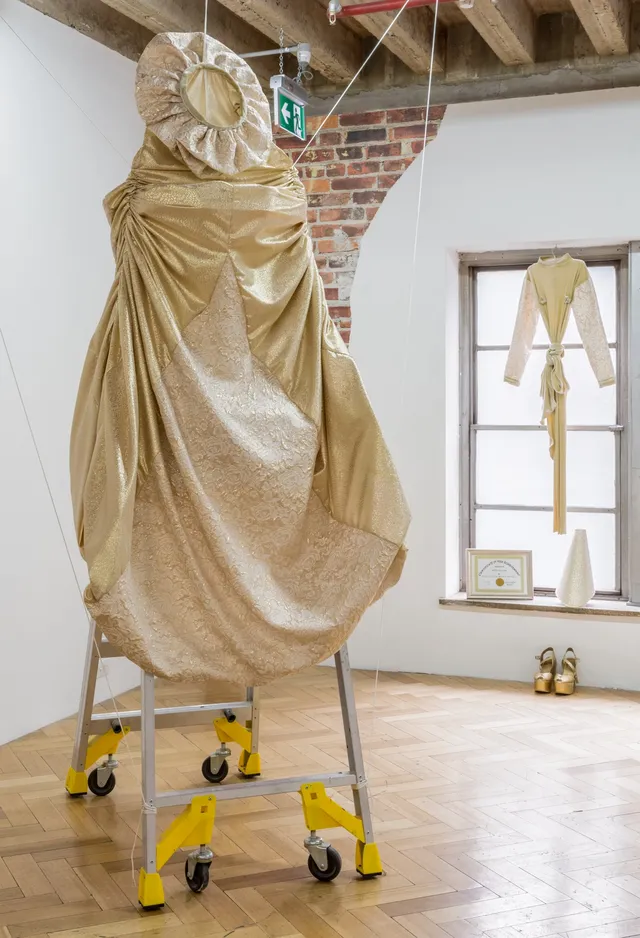
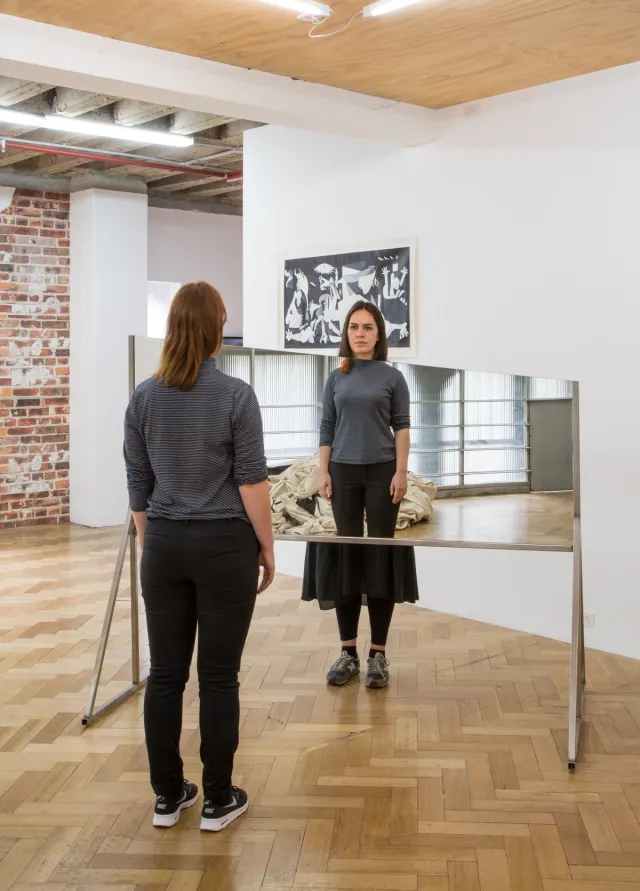
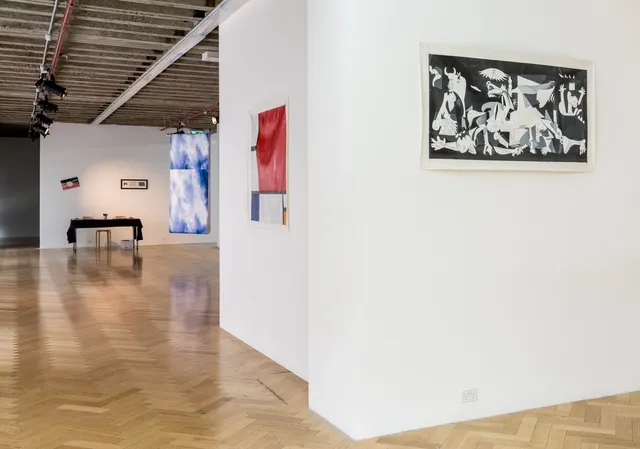


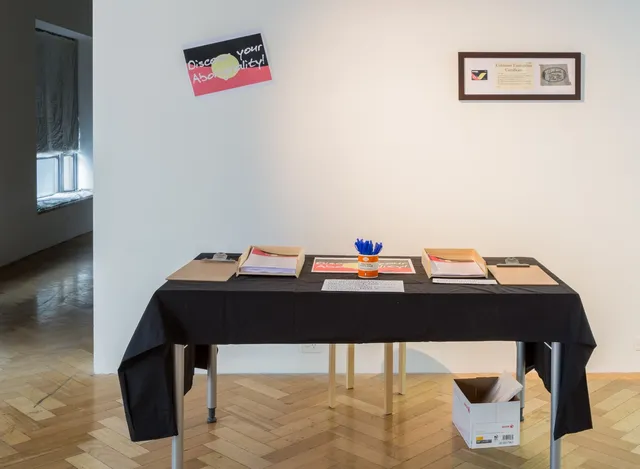
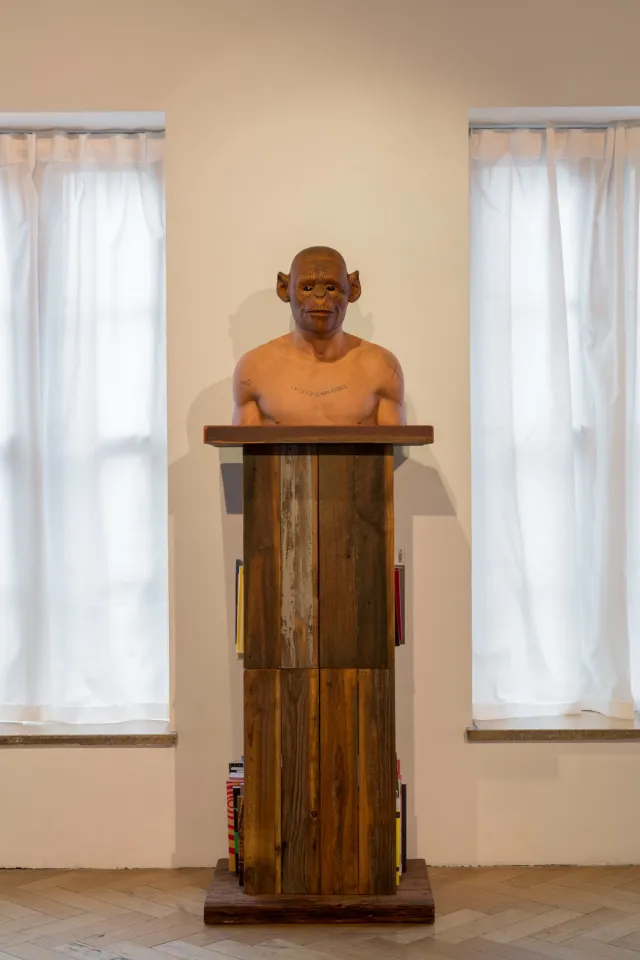
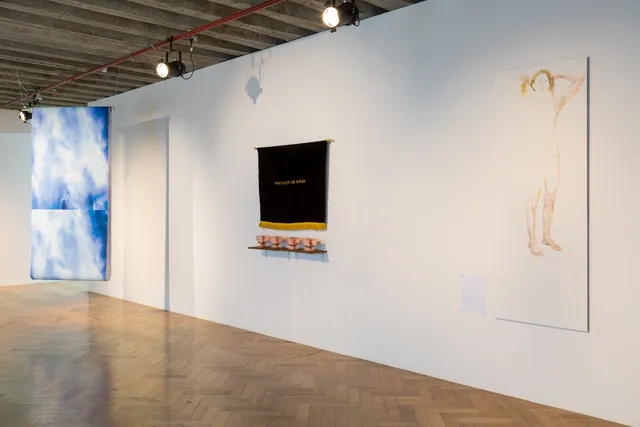
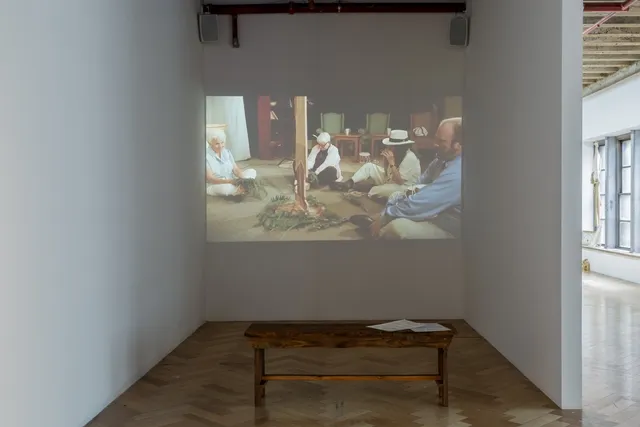
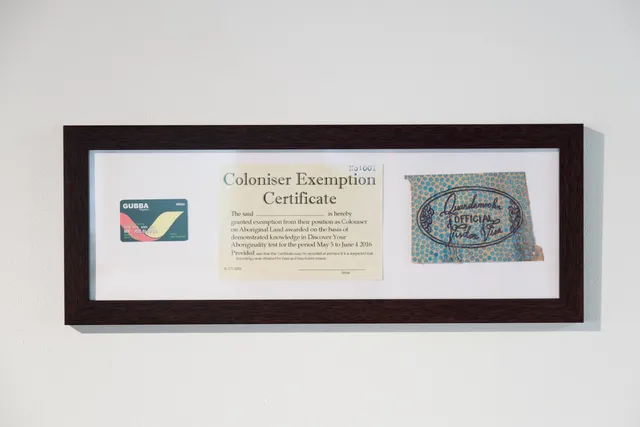
Abdul Abdullah’s practice engages with discourses of national identity, masculinity, race and religion. Recent work has dealt explicitly with young Muslim identity in Australia, centred on themes of alienation, isolation, loss and emotional volatility.
Abdul-Rahman Abdullah is a West Australian artist whose practice explores the different ways that memory can inhabit and emerge from familial spaces. Drawing on the narrative capacity of animal archetypes, crafted objects and the human presence, Abdul-Rahman aims to articulate physical dialogues between the natural world, identity and the agency of culture. Living and working in rural Western Australia, he provides unique perspectives across intersecting communities, foregrounding shared understandings of individual identity and new mythologies in a cross-cultural context.
Hany Armanious was the sole representative of Australia at the 54th Venice Biennale in 2011. Armanious' work has been exhibited in significant group exhibitions and biennales worldwide, and is held in major public and private collections in Australia and abroad. Hany Armanious is represented by Roslyn Oxley9 Gallery in Sydney.
Tully Arnot’s work explores the subtle, almost alchemical, alteration of everyday objects, shifting the audience’s perception of these familiar forms. His sculptures poetically interpret the intangible relationships we have with everyday items and illuminate new ways of thinking and interacting with the world around us. In 2014, he won the NAB Private Wealth Emerging Artist Award. Recent exhibitions include: Grey Goo, Blue Oyster Project Space, Dunedin, New Zealand; Digital Forest, Underbelly Arts Festival, Cockatoo Island; and Post-Sentience, Bus Projects, Melbourne.
Bindi Cole's practice primarily concentrates on photography, as well as painting, collage, text, video, performance, soundscapes and projections of works that are often deeply personal and cathartic in nature. Cole's solo exhibitions include On The Edge Of The Unknown, Nellie Castan Gallery (2013); Sistagirls, 24Hour Art, Darwin, Perth, Centre for Photography, and Brisbane Powerhouse (2011); Whitewash, National Gallery of Victoria (2010); and Not Really Aboriginal, Next Wave Festival at Centre for Contemporary Photography (2008).
Megan Cope is a Quandamooka Artist from Moreton Bay/North Stradbroke Island in South East Queensland. Her site-specific sculptural installations, public art practice and paintings investigate issues relating to colonial histories, the environment and mapping practices. Cope’s work often resists prescribed notions of Aboriginality and examine psychogeographies that challenge the grand narrative of ‘Australia’ and our sense of time and ownership in a settler colonial state.
Beth Dillon explores negotiations of site, self and culture through costumed performance, text-based experimentation, video installation and collaborative live art events. Her practice investigates the expressive capacity of the performing body, frustrated experiences of place, and the role of the artist in contemporary society.
Sara Morawetz is a Ph.D. candidate in visual arts at Sydney College of the Arts, University of Sydney and a current visiting scholar at Parsons School of Fine Art, New School, New York. Sara is a multi-disciplinary artist. In 2005 she was awarded the Marten Bequest Travelling Scholarship which she used to undertake an Artist Residency with Red Gate Gallery in Beijing, China (2006) and an Audience Development and Arts Management program in New York City in 2008.
Técha Noble is an interdisciplinary artist who lives and works in Sydney, exploring ideas around gender, identity and the body. In 2015, Noble was the subject of a solo exhibition, Crystal Romeo, UTS Gallery, Sydney, and exhibited as part of Day for Night, Performance Space, Sydney. As a founding member of the collective The Kingpins she has exhibited and performed extensively including Performance Space, MCA San Diego & MCA Sydney, Art Basel Miami, as well as several biennale exhibitions.
Yoshua Okón‘s work, like a series of near-sociological experiments executed for the camera, blends staged situations, documentation and improvisation and questions habitual perceptions of reality, truth, selfhood and morality. His solo exhibitions include: Salò Island, UC Irvine, Irvine; Piovra, Kaufmann Repetto, Milan; Poulpe, Mor Charpentier, Paris; Octopus, Cornerhouse, Manchester and Hammer Museum, Los Angeles and SUBTITLE, Städtische Kunsthalle, Munich. His work is included in the collections of Tate Modern, Hammer Museum, LACMA, Colección Jumex and MUAC, among others.
Tyza Stewart explores gender identity through an art practice based in continual self-portraiture. Tyza uses documentation and memories from their own childhood as well as more current experiences to inform an interrogation of understandings of normality in relation to gender.